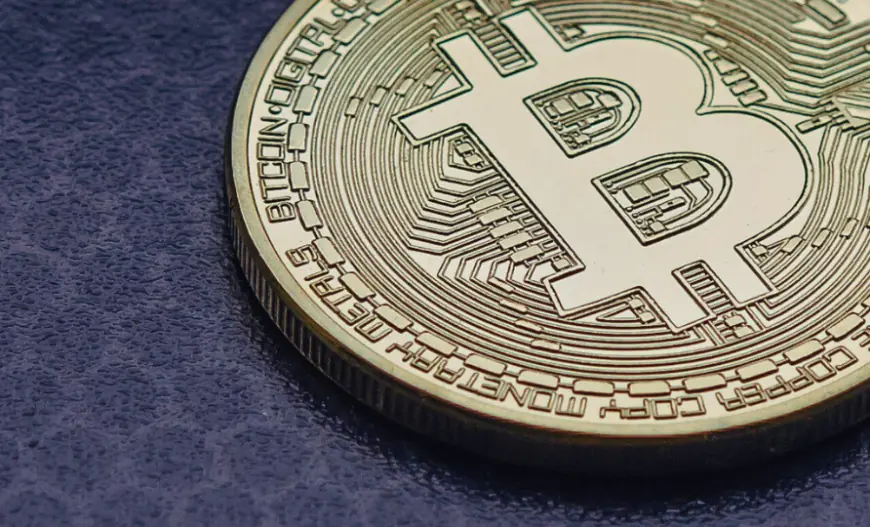Bitcoin (BTC) block production depends on two dominant mining pools
Bitcoin mining is still competitive, but there are signs of centralization and some coordination between pools.

Bitcoin’s mining competition has always produced leaders. After the most recent halving, the network is dominated by just two mining pools producing more than 60% of blocks.
Bitcoin’s mining is entering a new stage of maturity, where pools are competing for diminished block rewards. Usually, around 50% of blocks went to the four leading pools. But a shift in investments changed the face of mining, putting two main pools as the top block producers.
The two chief pools with the most produced blocks are Foundry USA and Antpool. Together, they have more than 51% of the hashing power and could, in theory, attack Bitcoin’s network. So far, Bitcoin has not seen collusion from producers, but at least three pools were needed to gain the 51% share of all mining.
On a seven-day time frame, the two pools also produce 55% of all blocks, with more than 29% going to Foundry. Pools do not necessarily control all the mining machines, and only a part of the hash rate is under their direct control. In theory, miners could choose to switch pools, but most remain with the big block producers for a higher probability of receiving a part of the reward.
UPDATE:
Two entities now control 63% of Btc block production
3 #Bitcoin pools and their known proxies control 76% https://t.co/NfhhackfjS pic.twitter.com/uKIugGse5i
— Evan Van Ness ???? (@evan_van_ness) July 30, 2024
Hashrate and difficulty continue climbing on Bitcoin’s network
Miners are still highly competitive in growing their hashrate. Since 2021, the Bitcoin network has expanded its mining power by six times. In the past six months, mining difficulty has also preserved its upward trend, suggesting miners cannot collude to lower the difficulty.
The dominance of the two pools continued for months, with little competition from ViaBTC and F2Pool, the two other major mining venues. With the more expensive machines and the need to ensure electricity contracts, mining is becoming more centralized. Foundry only grew its influence in the past three years.
The Bitcoin network has 18,215 nodes, which add sufficient confirmations to blocks in the span of minutes. However, miners have outsized influence when it comes to including transactions in a block.
For now, miners do not have an incentive to double-spend or attack the network, as it would destroy the value of BTC. Yet the ability to centralize and coordinate is sparking discussions about free access to the Bitcoin network, especially when it comes to including transactions in a block.
Currently, only Ethereum and Solana have prominent block-builders. For Bitcoin, pools also serve the role of block builders, deciding on the transactions to be included in the block. With the launch of L2, Ordinals trading or other programmable assets, block inclusion may become more competitive. Currently, Antpool and ViaBTC offer transaction acceleration services, which are often used by miners.
On-chain analysis has also noted that some pools use the Antpool template, to produce predictable blocks with the same method of selecting transactions. In theory, Bitcoin has free access for miners, but there are still worries of hidden agreements and coordination between miners.
Miner pools use the same wallet custodian
While big pools are managing to coexist, smaller pools are not without problems. On-chain analysis reveals that some small pools use the same custodian to redirect block rewards. Instead of a dedicated pool wallet, miners use a custodian, who then redistributes the block rewards.
On-chain data shows that similar transactions from known pool wallets were redirected to a single custodian address.
The addresses of multiple pools, producing around 47% of new BTC, seem to be controlled by one entity. The BTC could be redistributed, but the presence of a single point of failure raised concerns about BTC losses.
One of the reasons for redirecting rewards to a custodian may be the need to place the coins on the market. Miners are still heavily incentivized to sell the coins. Even with BTC above $60,000, most miners need to sell some of the rewards to break even.
Miners still retain some of the coins as reserves. After selling accelerated in 2024, miner reserves fell to a low of 1.8M BTC. Later, miners retained some of the newly produced coins, with reserves rising to 2.018M coins.
Cryptopolitan reporting by Hristina Vasileva
What's Your Reaction?









































































































